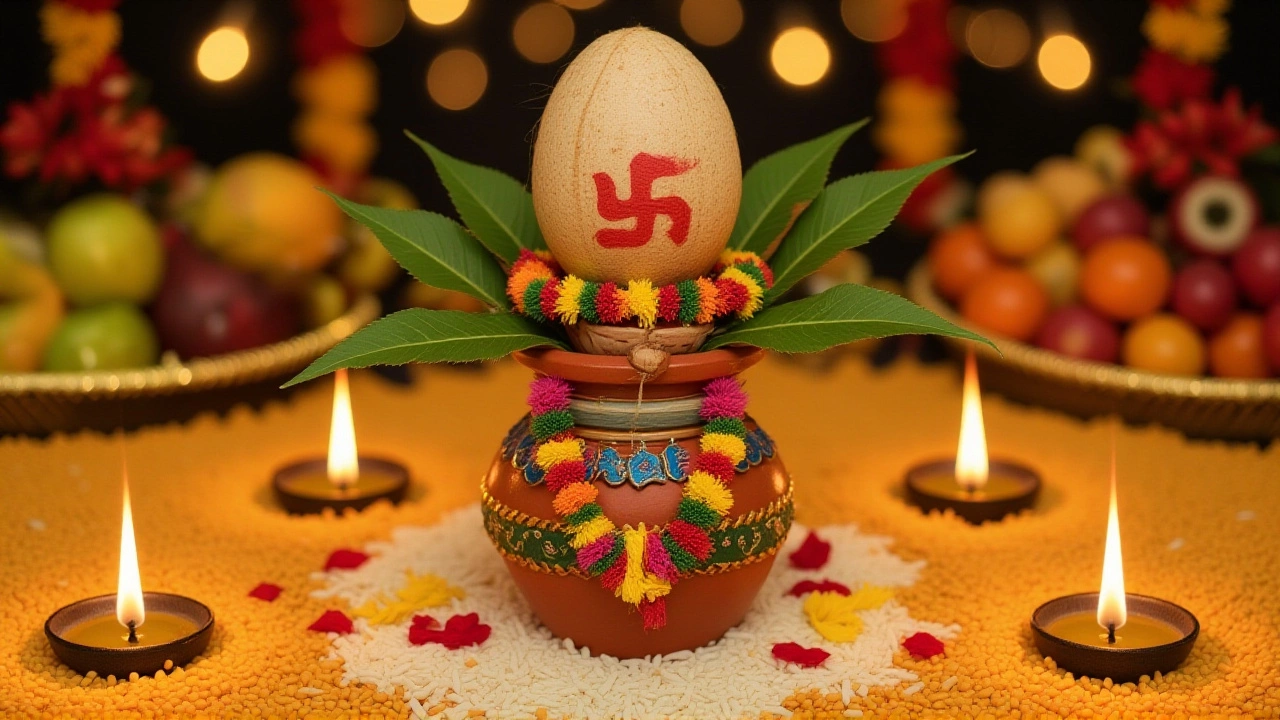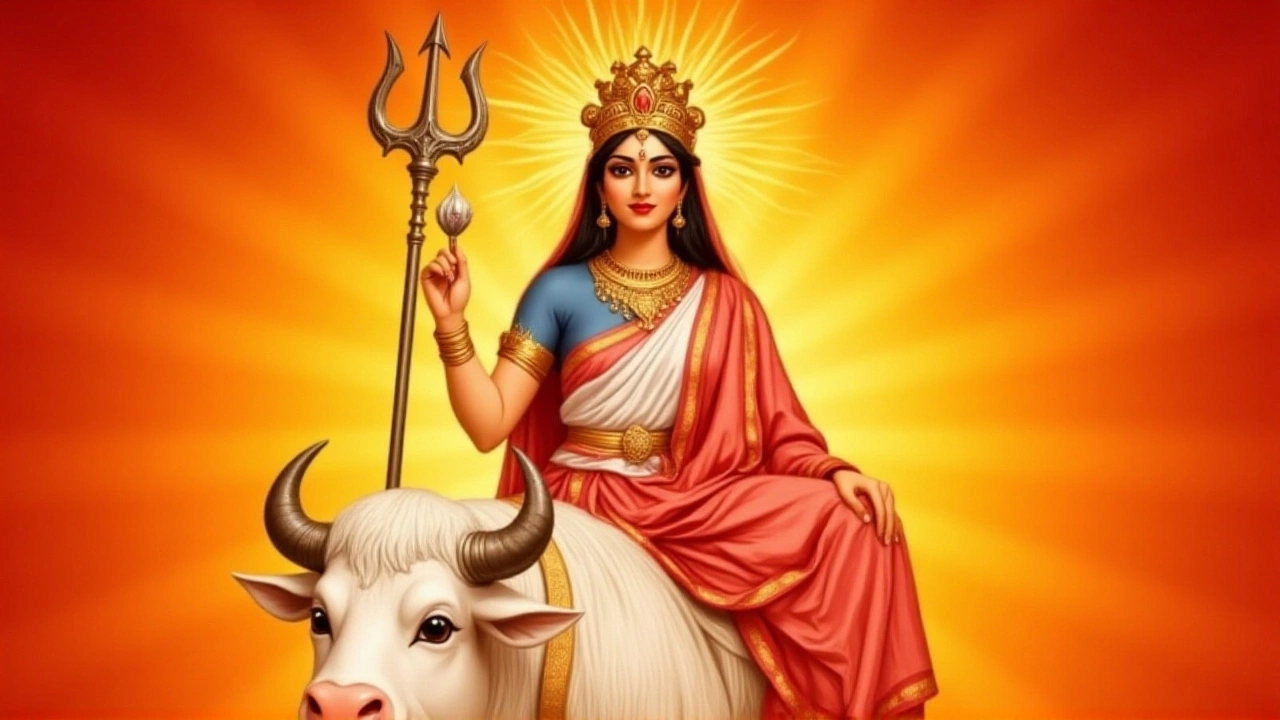Why Panchami Holds a Special Place in Chaitra Navratri
The fifth day of Chaitra Navratri is known as Panchami, and it honors Goddess Skandamata – the mother of Lord Skanda, also called Kartikeya. Skandamata is the fifth manifestation of Durga and embodies maternal love, protection, and sharp intellect. Iconographically, she sits on a lion, holds lotus blossoms, and cradles the youthful Skanda on her lap, earning her the nickname "Padmasana" for her lotus throne.
Devotees believe that worshipping Skandamata on this day clears mental fog, attracts prosperity, and shields the family from distress. Because Skandamata is a mother‑figure deity, the rituals focus on nurturing oneself spiritually, much like a child seeks guidance from a parent.

Auspicious Timings, Colors, and Offerings for a Powerful Puja
The Panchami Tithi for 2025 kicks off at 2:35 am and closes at 11:52 pm, providing almost the entire day for devotional activities. The most prized window is the Brahma Muhurat, stretching from 04:58 am to 05:45 am, when the atmosphere is said to be purest for meditation and mantra chanting. Following that, Amrit Kalam begins at 06:39 am, another golden period for performing homas or simple aarti.
Traditional advice for the day includes wearing yellow – a hue linked to joy, clarity, and the solar plexus chakra. Incorporating yellow flowers such as marigold into the altar not only pleases the deity but also amplifies the vibe of positivity.
- Mantra: "Om Hreem Saha Skandmatryai Namah" – repeat it at least 108 times during the Brahma Muhurat.
- Offerings: Fresh bananas, sweets made of jaggery, and a small amount of honey. Bananas are favored because they symbolize fertility and sweetness in life.
- Chakra focus: Vishuddha (throat) – chanting loudly helps cleanse this energy center, aligning speech with truth.
Since Panchami coincides with Lakshmi Panchami, many households double up on prayers for wealth. A combined puja can involve a separate altar for Goddess Lakshmi, using lotus petals and shining gold ornaments alongside Skandamata’s setup.
Across India, from temples in Varanasi to home shrines in Kerala, devotees gather at sunrise to perform a collective aarti, followed by communal distribution of prasad – typically sliced banana and kheer. The shared meal reinforces the communal spirit of Navratri, reminding participants that blessings grow when shared.
Looking ahead, the Navratri festival will continue until 7 April 2025, with each successive day spotlighting a different form of Durga. Panchami’s focus on motherhood and intellect sets the tone for the remaining days, encouraging worshippers to seek inner wisdom before moving to the more fierce aspects of the goddess.

